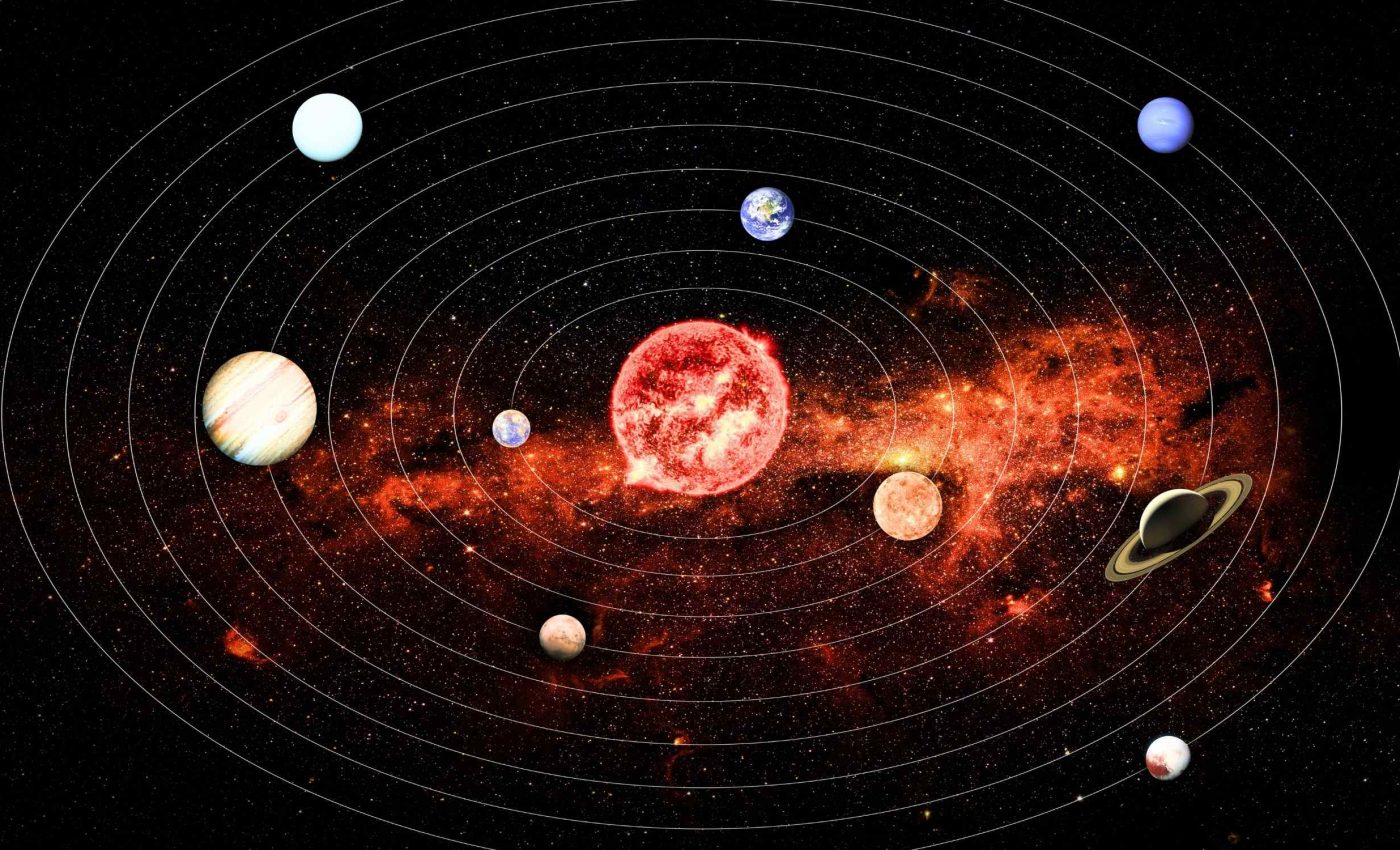
Astronomers find evidence suggesting that our solar system has nine planets again
Our solar system once had nine planets, but things changed when Pluto lost its planetary status in 2006. Ever since, astronomers worldwide have hunted for signs that we might still have a ninth planet out there, hanging way beyond Neptune.
Nikku Madhusudhan from the University of Cambridge has been part of a team that found hints of life on K2-18b, a distant exoplanet.
Mike Brown from Caltech has also studied potential evidence for a new planet in our outer neighborhood, and these investigations have sparked conversations about reviving the count to nine.
Searching the far reaches
Researchers at a university in Taiwan believe a Neptune-sized object could be wandering roughly 46.5 to 65.1 billion miles from the sun.
Their fresh findings are based on two deep infrared surveys taken more than two decades apart, with equipment sensitive enough to detect a faint planetary glow.
Infrared data from 1983 and 2006 offered a rare chance to see if something moved slightly between observations.
A possible candidate popped up, and the group thinks it might take 10,000 to 20,000 years to orbit the sun.
Signs in the icy belt
Astronomers have long paid attention to the Kuiper Belt, a region filled with icy bodies past Neptune.
There are a few strange patterns in that zone, including clumps of objects that appear to be pulled together by a large, unseen force.
In addition, some Kuiper Belt objects move in the opposite direction from everything else, according to NASA.
A planet hanging out far away could be responsible for that pull, giving weight to the idea that our cosmic family might not be done at eight members.
Beyond Pluto’s shadow
Pluto got reclassified because its path overlaps with other objects. The new definition says a planet must clear its orbital path of other large bodies, and Pluto doesn’t do that.
If this new world exists, it seems to be doing just that. It would reflect only a faint glimmer of sunlight, suggesting it might have a mass in the same league as Neptune and enough gravity to keep smaller objects in line.
How big is it, and what is it made of
Researchers estimate that if this object exists, it could weigh between seven and seventeen times as much as Earth. That puts it in the ice giant category, similar to Uranus or Neptune, rather than a rocky planet like Earth or Mars.
Because it’s so far from the sun, its temperature could range from –370°F to –360°F. It may have a thick atmosphere of gas and ice, but it wouldn’t reflect much sunlight.
This makes it hard to detect using normal telescopes, especially in visible light.
Clues from old surveys
Infrared telescopes in space help scientists see objects too dim for optical telescopes. In 1983, the Infrared Astronomical Satellite scanned the sky and recorded everything from asteroids to dusty galaxies.
Then AKARI, a Japanese satellite, ran its own survey years later. Comparing both sets revealed an object that might have shifted slightly, an indication it could be a slow-moving planet rather than a stationary background source.
Other surprises in space
Efforts to spot a new planet come at a time when exoplanet research is booming. Some astronomers studying distant worlds have already observed unusual atmospheres and molecules.
In 2020, scientists announced they found an exoplanet with the coldest temperature ever measured. These sorts of discoveries keep pushing researchers to question what else might be hiding in plain sight.
Cautious optimism
Many in the field are excited, but they aren’t jumping the gun. The data so far can’t confirm a full orbit, and some astronomers want follow-up observations by powerful ground-based or space-based instruments.
The candidate only showed up in two sets of historical images, so fresh images will be crucial. A few more confirmed sightings could lock down whether this body follows a planetary path or if it’s just something else in the darkness.
Next moves
Teams plan to check the same area of sky again. They hope to see if that tiny signal keeps inching along at a pace you’d expect for an object well past Neptune.
If a consistent pattern emerges, the final piece could be placed in our solar puzzle. Scientists who once thought the Pluto downgrade ended the planet lineup might soon have reason to rethink the count.
What happens if planet nine is real
If Planet Nine turns out to be real, it could force a major rewrite of astronomy textbooks.
Our understanding of how the solar system formed would need to include a new piece: a distant giant that somehow escaped detection for decades.
It might also change how we look for planets around other stars. If our own system hides a world this far out, then similar hidden giants could be common elsewhere – and we’ve probably missed many of them.
The study is published in Publications of the Astronomical Society of Australia.
—–
Like what you read? Subscribe to our newsletter for engaging articles, exclusive content, and the latest updates.
Check us out on EarthSnap, a free app brought to you by Eric Ralls and Earth.com.
—–













